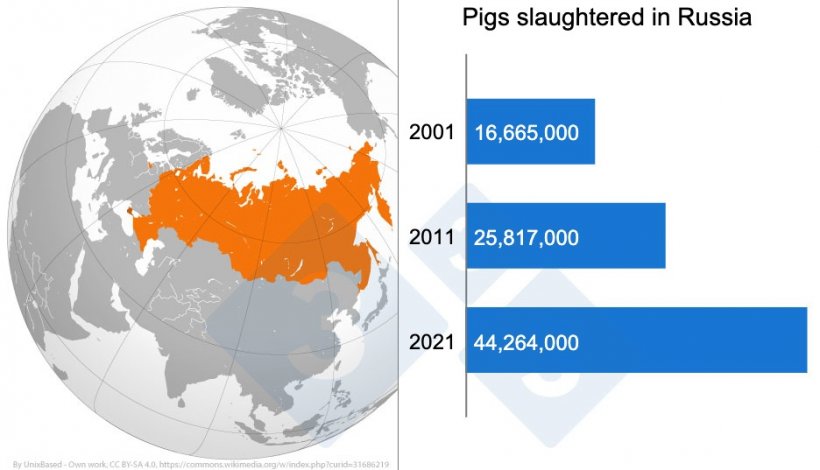After yesterday's market session, the Spanish pig price has been down for 12 consecutive weeks (except for a technical price repetition due to a holiday). It has gone from 1.848 to 1.587 euros per kg live - a total decrease of 26.10 cents. We have dropped 14%. These decreases haven't been sudden, but they have been constant. Despite everything, our pig price continues to lead those in the EU, although not as prominently as it did three months ago.
Pork prices have held up somehow, resisting declines beyond almost nominal movements; this has translated into an increase in slaughterhouse margins, now all operating comfortably in the black.

The current price (1.587 euros/kg live) is still well above the cost price and the farmer has had a very profitable year so far. The average carcass weights are the highest in history week after week and both farmers and slaughterers are happy with this situation (the farmer maximizes his profit per head, and the slaughterer gets more kg with the same pigs).
Now far more pigs are arriving for slaughter each week than a month or two ago; this generous supply is being well absorbed and the gigantic mechanism of production, slaughter, and cutting in Spain is working with the precision of a Swiss watch. Slaughter is taking place at record levels so far this year (close to the all-time record in 2021). For the time being, the pork we export is finding a home, much more within the borders of the EU than in Third Countries.
Germany dropped an astonishing 8 cents/kg carcass on Wednesday. That's a 4% drop in one fell swoop. The new benchmark is at €1.92 / kg carcass; the cheapest since November 2022. It is moving away from our level and will probably cause our lowest price to be lower.
We should mention the European news of the month: the Danish giant Danish Crown has announced a restructuring of its workforce consisting of the layoff of some 500 administrative employees. According to Danish Crown's announcement, its costs were excessive in relation to its profits.
Korea and Japan have been very active in recent months, buying bellies at very good prices. Brazil has increased its (cheap) exports to these markets and the trade tension on this piece is moderating. All good things must come to an end.
China remains apathetic; we do not know how the situation will evolve if the EU were to approve significant penalizing tariffs on Chinese electric vehicles. For the time being, some large Spanish slaughterhouses have lost their approval to sell to this destination. We have to wait to see if the situation will get worse.
Russia banned exports from Spain to its territory in April 2013. When this happened (it was a retaliation for the European support of Obama, the U.S. president at the time) Russia was, by far, the star client of Spanish pork. Let's take a look at the evolution of the production data of this vast country (Pig333 database):

It is clear that Russia's national production has blossomed. The data show a dramatic growth of 165% in twenty years! Russia has done a formidable and titanic job in the technical training of its farmers. At the moment, the price of live pigs in Russia is just over one euro per kg. As cheap as they can get the feed it does not seem that, right now, production is very profitable. Russia has recently started exporting to China. In a few years, if this progression continues, Russia threatens to unseat Spain from the fourth place among the world's top-producing countries (with the permission of Vietnam, which is on our heels with more than 53,000,000 head slaughtered in 2023, according to Pig333).
Russia seems destined to play a very important role on the world stage. Its position as a cereal power guarantees this (remember the commonly accepted assertion that “pork is nothing more than processed grains”).
Back in Spain, the main question is how far the price declines in Spain will continue. We are inclined to think that we cannot be far away from prices bottoming out and that, whatever happens, the decline will stop well before reaching the cost price.
No major changes are expected in the short or medium term. The pig price should stop declining sometime in November and remain almost unchanged until February. The current situation in Spain can be summarized as follows: Significant slaughter, fluid sales, Christmas in the distance, and both slaughterers and farmers with positive margins. Do I hear more?
The processors have watched helplessly as pork prices have not fallen despite the deterioration in the price of live animals. They had to make do, in this case, with the crumbs. A little happiness is always better than none at all. Further drops in pork prices are possible. The game continues.

Finally, a striking quote from Steve Jobs: “Sometimes life is going to hit you in the head with a brick. Don't lose faith.”
Guillem Burset




